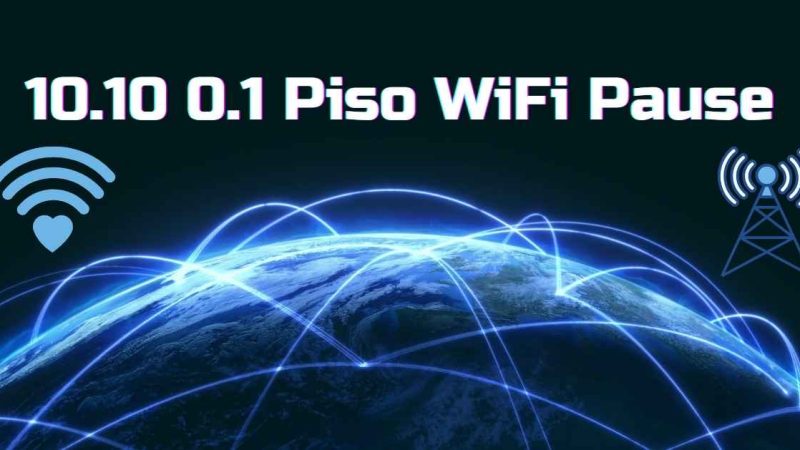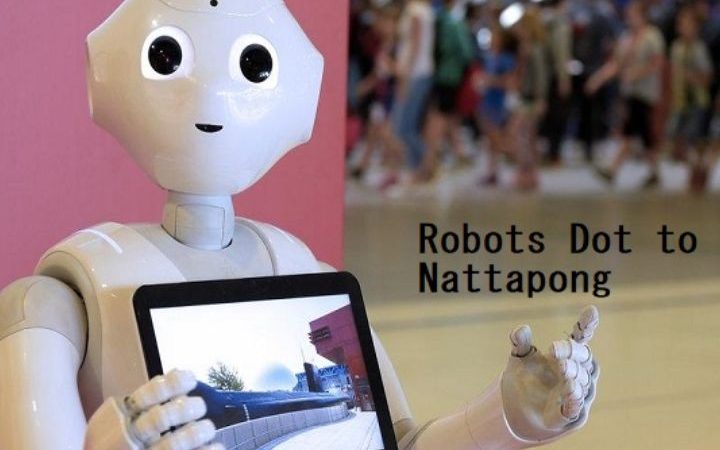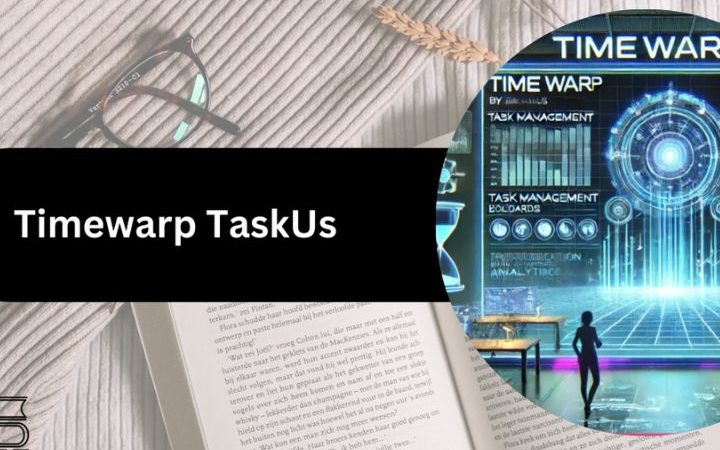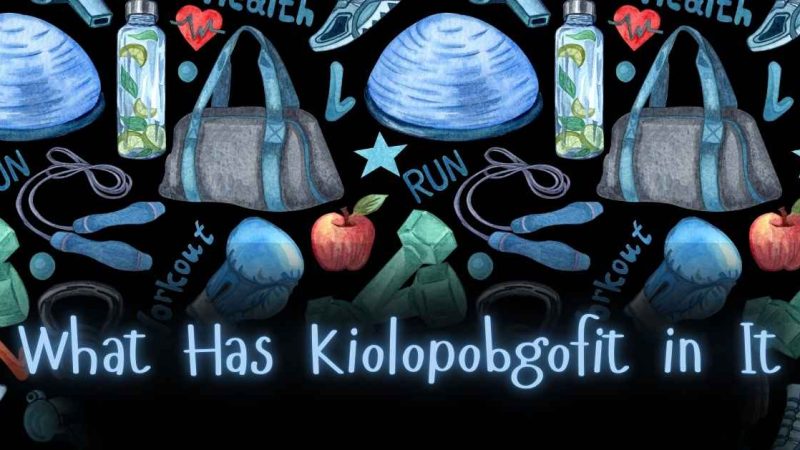Robots Dot to Dot Nattapong: Unleashing The Future Learning
Introduction
In today’s fast-paced digital world, merging creativity and technology has become vital to future-proof learning. One fascinating innovation leading this frontier is Robots Dot to Dot Nattapong—a unique blend of robotics, art, and interactivity designed to engage learners across all age groups. It’s more than just a toy or an educational tool—it’s a hands-on experience that sparks imagination, critical thinking, and digital fluency.
What Is Robots Dot to Dot Nattapong?
Robots Dot to Dot Nattapong is an interactive learning kit where users connect numbered dots to build robot illustrations—physically or digitally. Unlike traditional dot-to-dot puzzles, these are smart, tech-enhanced activities that integrate with mobile applications, programming tasks, or augmented reality (AR), making learning immersive and engaging. The name “Nattapong” is attributed to the creator or brand behind this creative concept, rooted in a vision of transforming how children and adults interact with robots, art, and education.
The Vision Behind Robots Dot to Dot Nattapong’s Creation
Behind every innovative product is a visionary, and Nattapong stands out for merging education with playful design. Nattapong saw the need for a tool that could teach robotics and cognitive skills without overwhelming young learners. Through dot-to-dot robotic sketches, learners transition from art to engineering with ease, building foundational skills in:
- Problem-solving
- Pattern recognition
- Fine motor coordination
- Basic coding principles
This vision helps close the gap between fun and function, making education more approachable and effective.
How Robots Dot to Dot Nattapong Enhance Learning
Cognitive Development
Connecting dots in sequence requires concentration, memory recall, and logic. When those dots form robots, the process enhances spatial awareness and visual sequencing—critical cognitive skills for early learners.
STEM Engagement
By turning robotic design into a game, This subtly introduces the basics of science, technology, engineering, and math (STEM). Kids learn how robots are structured and even explore functions like sensors, wheels, and circuits through playful interaction.
Artistic Expression
The robot templates aren’t rigid—they allow color customization, sketching improvements, and even animated results through digital platforms. This freedom promotes creativity and innovation in young minds.
Technological Framework of Robots Dot to Dot Nattapong
Software & Programming
The modern iterations of it come with integrated mobile apps that allow:
- Digital completion of dot-to-dot puzzles
- Coding mini-games
- AR visualization of completed robots
Some versions even connect with block-based programming platforms like Scratch or Blockly, giving kids a taste of real-world coding.
Hardware Capabilities
Advanced kits may include:
- Interactive pens or styluses
- AR-enabled cards
- Robot parts that can be assembled post-puzzle
These features make the experience tangible and multi-sensory, enhancing retention and excitement.
Real-World Applications in Education
Educators around the world have started to incorporate Robots Dot to Dot Nattapong in classrooms as:
- Ice-breakers during coding bootcamps
- Creative tasks in robotics clubs
- Visual aids in art-integrated learning
- STEM day activities
This tool supports interdisciplinary learning, seamlessly bridging science and art.
Benefits for Different Age Groups By Robots Dot to Dot Nattapong
Preschoolers (3–5 years):
- Develop hand-eye coordination
- Learn number sequencing
- Engage with simple robot shapes
Elementary (6–12 years):
- Build early robotics understanding
- Begin visual programming
- Explore creative freedom through customization
Teens (13+):
- Connect coding with design
- Dive deeper into mechanical systems
- Use AR to simulate robot behavior
How to Integrate It into the Classroom or Home
Here are some ideas for integration:
- Morning Warm-ups: 10-minute dot-to-dot sessions that relax and activate young minds.
- Project-Based Learning: Create a theme (e.g., “Robot Zoo”) where students complete dot puzzles and then present their robots.
- Home Use: Parents can bond with kids by coloring and building together, discussing how each robot could work in real life.
Testimonials and Reviews For Robots Dot to Dot Nattapong
“My students love these dot-to-dot robot activities! They don’t even realize they’re learning coding concepts!”
— Sarah J., Elementary School Teacher
“It’s so much fun! I finished one robot and it moved in AR—it felt like magic!”
— Kevin, Age 9
These reviews highlight the product’s broad appeal and its ability to deliver on educational promises.
Where to Get Robots Dot to Dot Nattapong
You can purchase official Robots Dot to Dot Nattapong kits through:
- Educational toy stores
- E-commerce platforms like Amazon or Shopee
- Creator’s official website (if available)
- Digital downloads on app stores
Make sure to look for verified sellers to ensure quality.
Conclusion
Robots Dot to Dot Nattapong is more than a toy—it’s a creative portal into the future of learning. By fusing art, robotics, and interactive education, it offers a powerful tool for sparking imagination, developing foundational skills, and nurturing a love for technology. Whether you’re a parent, teacher, or lifelong learner, incorporating this innovative activity can inspire growth and joy in unexpected ways.
FAQs
1. What age group is Robots Dot to Dot Nattapong suitable for?
It’s designed for ages 3 and up, with varying difficulty levels to suit preschoolers, elementary students, and teens.
2. Does it require any prior coding knowledge?
No. It’s beginner-friendly and introduces coding concepts through games and visual tools like block programming.
3. Is it available digitally?
Yes! Many versions include digital download options via app stores, compatible with tablets and phones.
4. How does AR work in this activity?
Once a robot is completed, the app uses your camera to animate the drawing in 3D, offering a realistic and futuristic twist.






